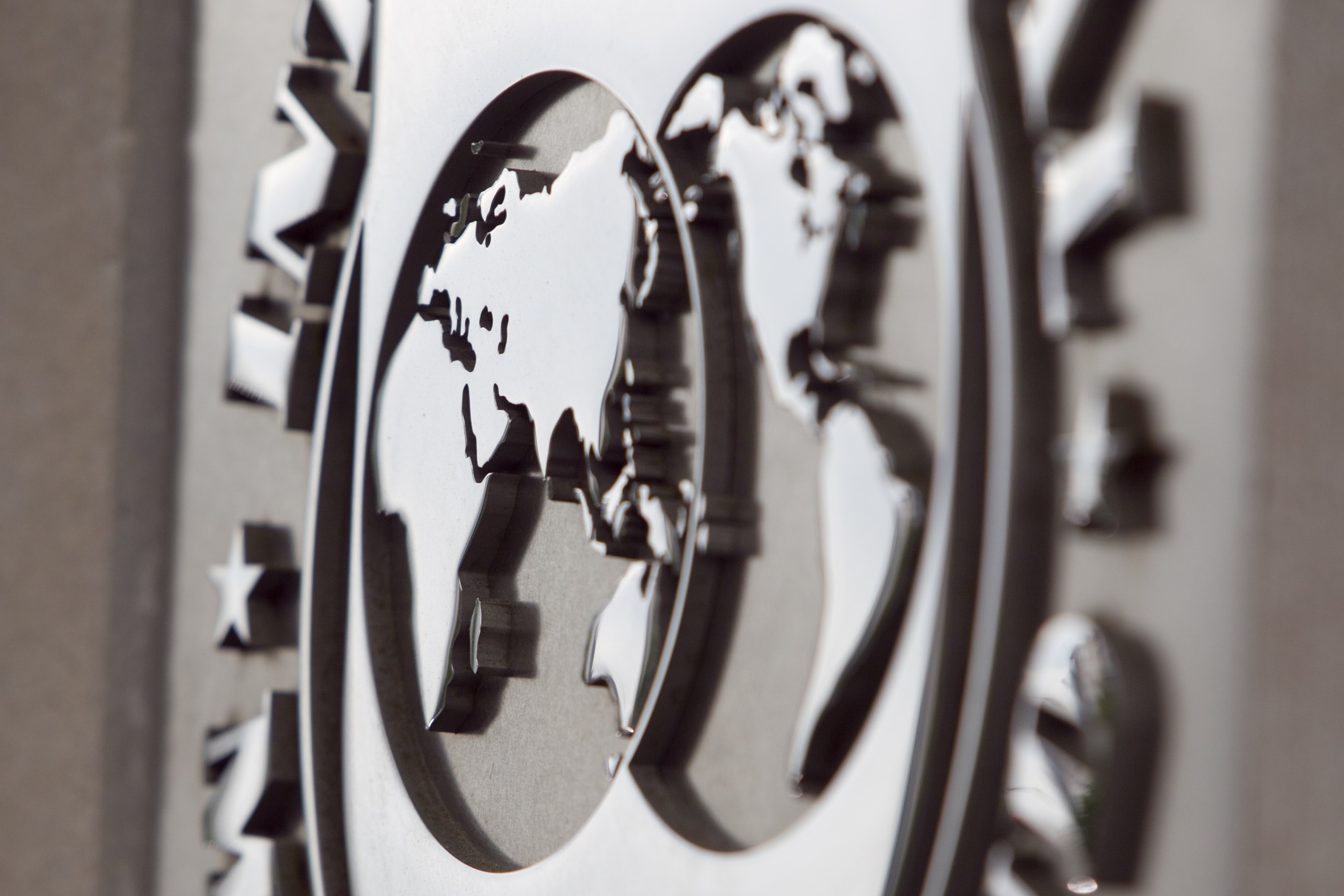Bloomberg
By Lin Noueihed and Souhail Karam
Finance Minister says could switch to another IMF facility
Morocco ready to tap international bond market as soon as 2018
Morocco will not seek to renew its $3.47 billion liquidity line with the International Monetary Fund when it expires in July but could seek an alternative arrangement with the international lender to suit its strengthening economy, the country’s finance minister said.
Morocco took out a two-year precautionary and liquidity line from the IMF in the aftermath of the 2011 Arab Spring uprisings that shook governments around the region, and renewed the facility twice without ever drawing on it.
Finance Minister Mohamed Boussaid said the IMF’s support had helped the North African country carry out tough reforms, including the liberalization of the foreign exchange regime, and the existing liquidity line was no longer needed.
“Morocco has said that this facility has fulfilled its mission and that there is no utility in renewing it again as the macroeconomic framework and indicators are satisfactory,” he said in an interview in Marrakesh. “But this doesn’t mean the good relationship we have with the IMF shouldn’t continue.”
Moroccan Central Bank Governor Abdellatif Jouahri told Bloomberg earlier on Monday that the shift toward a looser currency peg will help qualify Morocco for a flexible credit line, which is designed for stronger economies. Both Jouahri and Boussaid said no decision had been taken so far to apply for another facility once the precautionary and liquidity line ends.
Balance of Payments
The precautionary and liquidity line provides financing for potential balance of payments imbalances in countries with sound policies and is intended as a backstop, according to the IMF website. The flexible credit line, by contrast, is designed for countries with very strong fundamentals and policy track records.
Morocco is “permanently ready” to capitalize on improving public finances and currency liberalization by returning to the international bond market, Boussaid said, but had multiple financing options and would wait for the right opportunity to arise. He declined to give a possible time-frame or indicate how much the government might seek to raise.
“It’s possible this year, it’s possible to make it next year,” he said. “In any case, we will not be tapping the international markets to solely finance the treasury. It will also be an opportunity to tell a story showcasing what Morocco has achieved and to narrate a beautiful story of a country that is making progress.”
Public Debt
One of the fastest-growing economies in the Middle East, Morocco has made strides in stabilizing its public debt and reducing its budget and current account deficits. Boussaid said the government planned to cut the debt-to-GDP ratio to under 60 percent in 2021 from 64.7 percent in 2017.
Among the measures it has taken to reduce public spending is a gradual phase-out of subsidies. Fuel subsidies have already been eliminated and Boussaid said the program would continue.
“We will most probably start by lifting subsidies on sugar, in a gradual and selective fashion. Sugar subsidy benefits rich and poor, but it is bad for health,” he said. Morocco consumes about 1.2 million tons of sugar a year.








